Asia-Pacific advances trade liberalisation as US swims against current
 |
| Douglas Lippoldt, chief trade economist at HSBC Global Research |
Trade often delivers benefits domestically thanks to increases in productivity from economies of scale and specialisation, competition, and returns to investment in innovation. The economic gains generally outweigh any trade-related adjustment costs by a large margin.
According to one big historical study, countries that liberalised their trade regimes were able to accelerate annual economic growth on average by about 1.5 percentage points.
Among the Asia-Pacific nations we can see this in action. Global, regional, and bilateral accords are delivering increased market openness. This rules-based framework is helping to reduce policy uncertainty and impose discipline against unfair trade practices.
Clearly, there is room for improvement, but overall this framework works well. The region has seen real GDP growth of 4.0 per cent or more annually since 2010, well ahead of the global average.
Over the same period, export growth in the region has beaten the global average every year except for 2015-2016. HSBC forecasts that these trends will continue this year and the next. The Asia-Pacific region is demonstrating the potential of trade to contribute to improved welfare.
However, the US administration is resisting such an open approach to trade. In striving for balanced bilateral trade flows, the US appears willing to limit imports as it promotes exports. The US has withdrawn from the Trans-Pacific Partnership. It has proposed reforms to NAFTA, but announced its intention to withdraw if its requirements are not met.
The US is not keen on new regional deals, preferring bilateral negotiations where it hopes to use its clout to win more concessions from partners. The US authorities have launched numerous trade actions under anti-dumping, countervailing duty, and safeguard provisions.
Perhaps more unsettling for the multilateral trading system, the US has employed a tough interpretation of certain World Trade Organization (WTO) rules. In March, the US referenced national security concerns to impose new tariffs on steel and aluminium, going beyond the traditional view of the relevant WTO provisions. Despite granting some exclusions and temporary exemptions, this still set a potentially damaging precedent.
In the case of China, the US also used a domestic law (already the subject of challenges at the WTO) to allege unfair trade practices and propose further tariffs on Chinese imports and investment.
Fortunately, partner dialogue with the US on these issues continues. Formal consultations have been requested at the WTO by US partners, including some Asian-Pacific nations. Direct bilateral talks have been launched with China, South Korea, and Japan, among others.
Indeed, South Korea concluded a revision of its bilateral agreement with the US, providing for some liberalisation. However, this also entailed South Korea’s acceptance of restrictions on exports of steel to the US. Enforcement concerns have also been raised at the WTO, where the US has questioned the purview of WTO dispute resolution findings.
While the use of strong trade actions may enable the US to gain negotiating clout, its willingness to exit from existing accords creates uncertainty about present and future deals. So far, most American trade partners have responded with moderation. China is a positive illustration, practising the "Art of non-war" as HSBC’s China economics team has noted.
Potentially more important economically are trade developments across the rest of the world. As the US share of global goods and services imports has slipped below 15 per cent, countries representing much of the other 85 per cent are still working towards liberalisation, including in the Asia-Pacific. Here are a few examples:
- Eleven countries signed the CPTPP (the revised Trans-Pacific Partnership) in March 2018, a big trade deal covering a region with a GDP of $10 trillion.
- The Chinese-led Belt and Road Initiative is underway, promoting trade-related investment that could total $1.4 trillion or more.
- Negotiations for the Regional Comprehensive Economic Partnership are advancing, with the 22nd round completed in May; the next round is set for July 17-27 in Bangkok.
- Implementation of the WTO Trade Facilitation Agreement and related measures is progressing (the United Nations Economic and Social Commission for Asia and the Pacific estimates full implementation could cut the cost to trade in the region by a quarter.)
- In May, the EU Council authorised trade negotiations with Australia and New Zealand. The Council also adopted a ratification path for trade deals that could move pending accords with Japan, Singapore, and Vietnam.
As trade liberalisation advances in the Asia-Pacific, the US risks missing out. Through negotiated market opening, the US could better tap into markets growing at 4 per cent annually or more, a mutually-beneficial prospect. Failure to do so could leave the US side-lined from one of the world's most dynamic regions.
What the stars mean:
★ Poor ★ ★ Promising ★★★ Good ★★★★ Very good ★★★★★ Exceptional
Related Contents
Latest News
More News
- Gold hits record peak, oil rises on geopolitical tensions (April 03, 2024 | 14:43)
- Registered FDI in Vietnam tops 6.17 billion USD in Q1 (March 29, 2024 | 08:47)
- Vietnam in waiting list for market upgrade to secondary emerging (March 28, 2024 | 16:37)
- High-tech investment influx reliant on stable power supply (March 28, 2024 | 11:30)
- New land law could entice Viet Kieu home (March 27, 2024 | 18:00)
- Non-stop toll collection to be officially applied in five airports from May 5 (March 27, 2024 | 11:35)
- Vice State President now Acting President (March 22, 2024 | 14:47)
- Party Central Committee agrees to let Vo Van Thuong cease holding positions (March 22, 2024 | 14:41)
- PM, USABC discuss deepening partnership in Vietnam (March 22, 2024 | 11:48)
- PM urges further rate cuts, improved credit access to remove obstacles, promote growth (March 15, 2024 | 11:47)



 Tag:
Tag: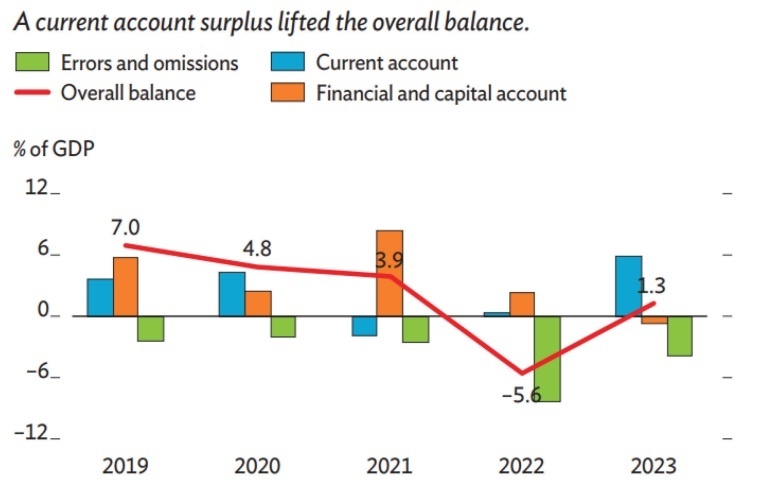



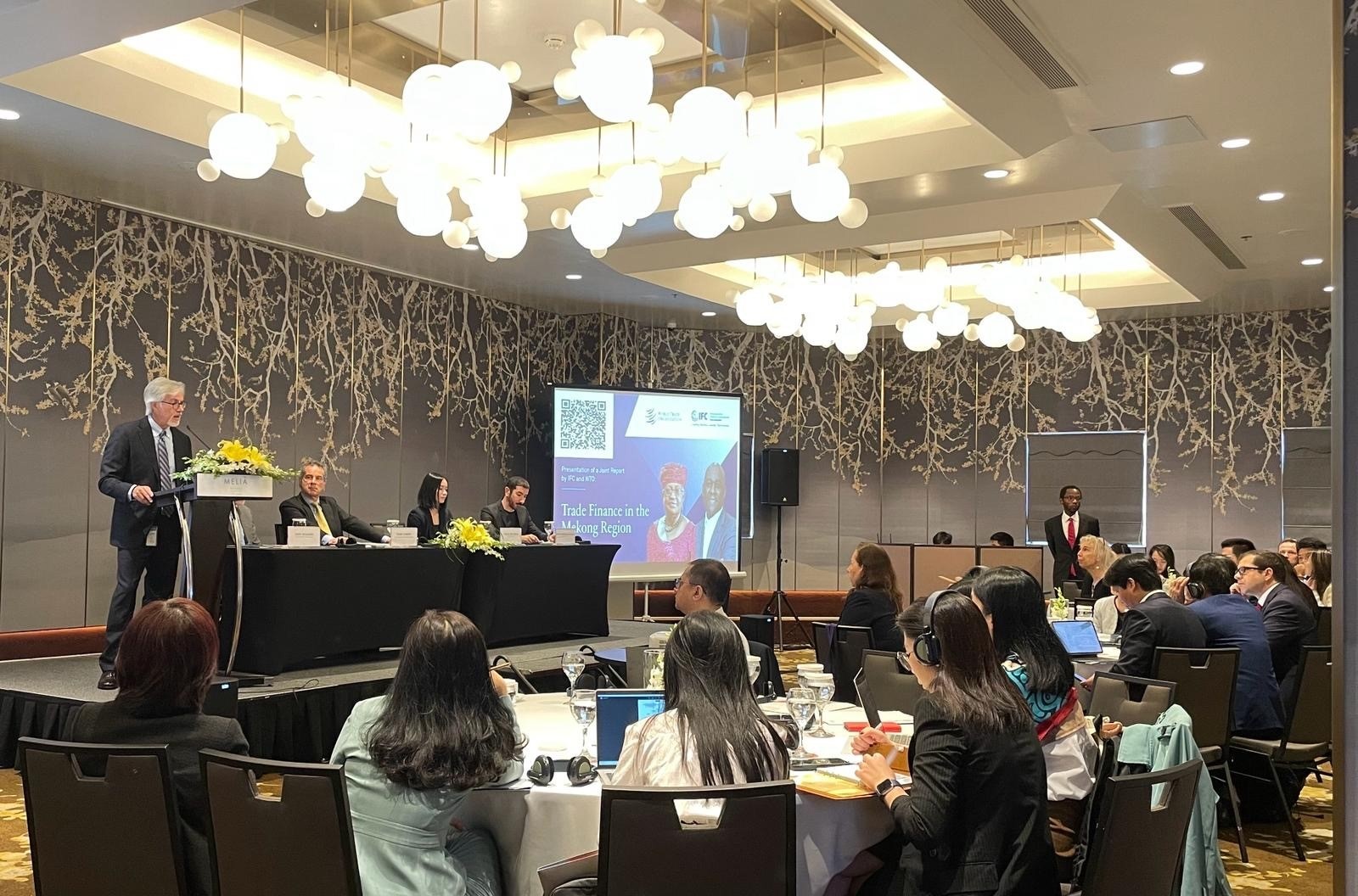


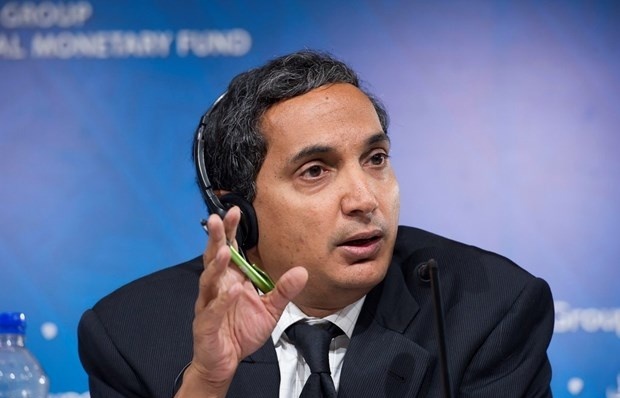

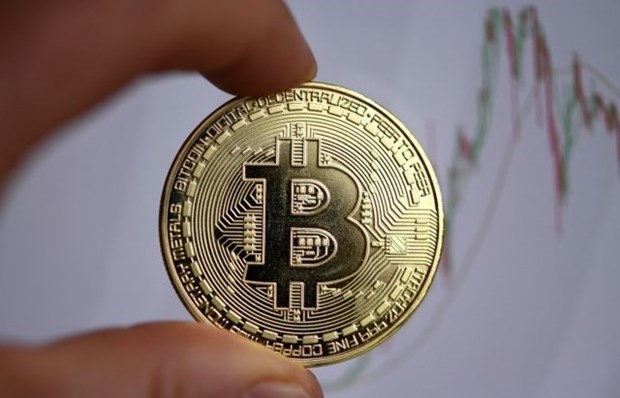
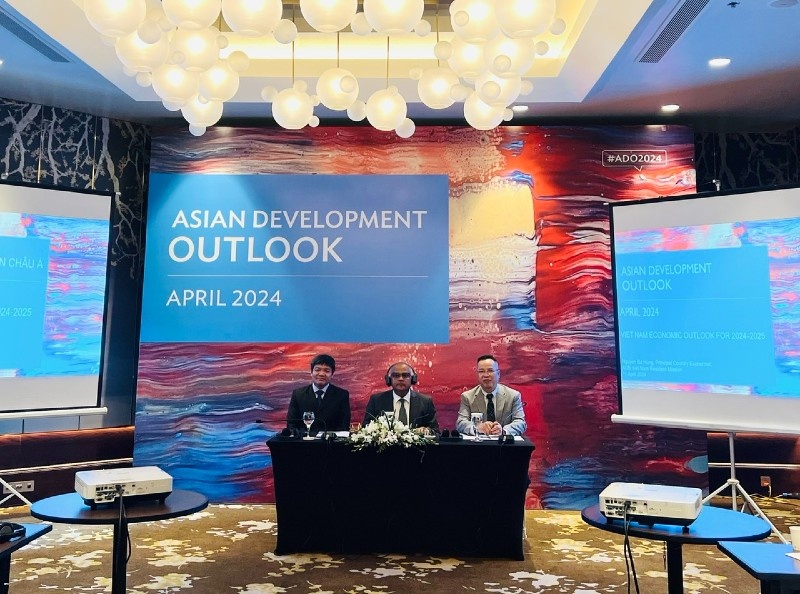





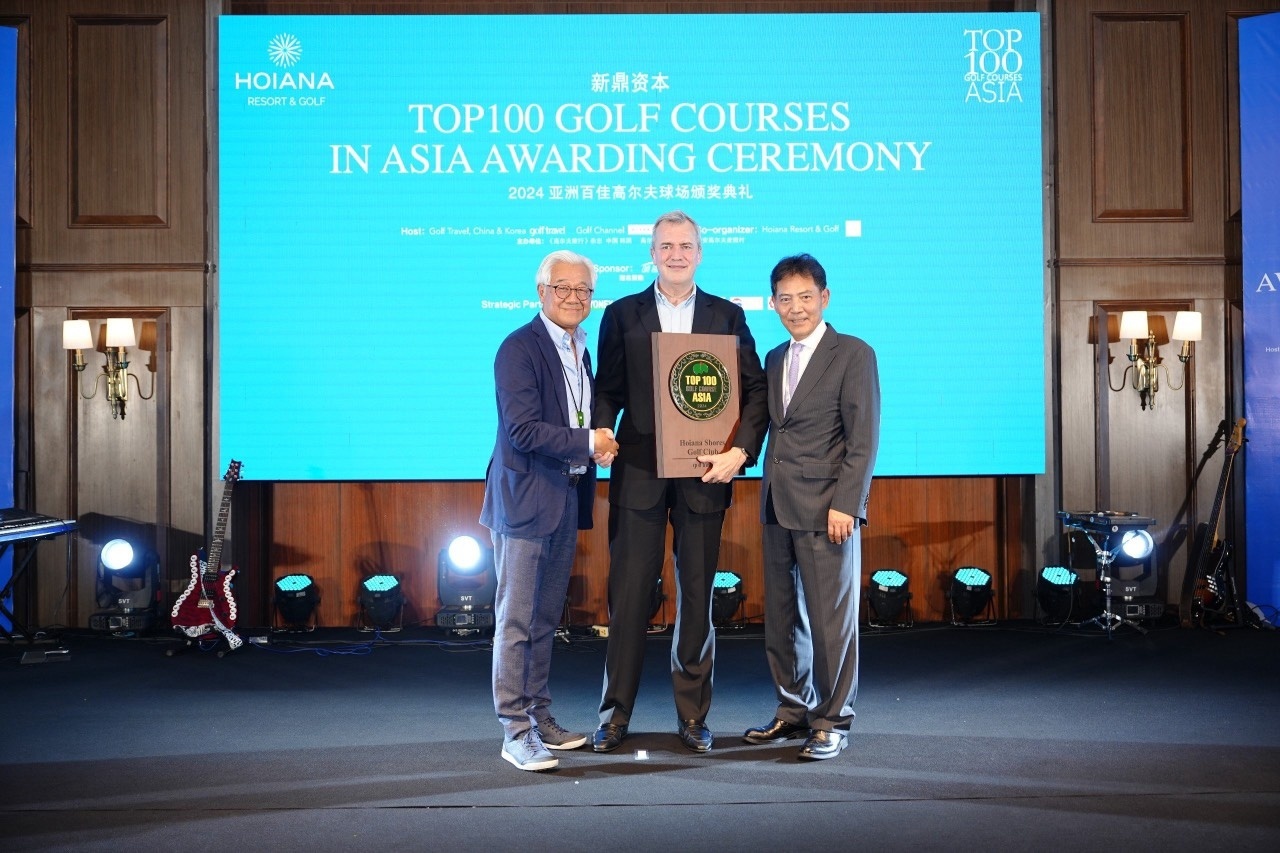
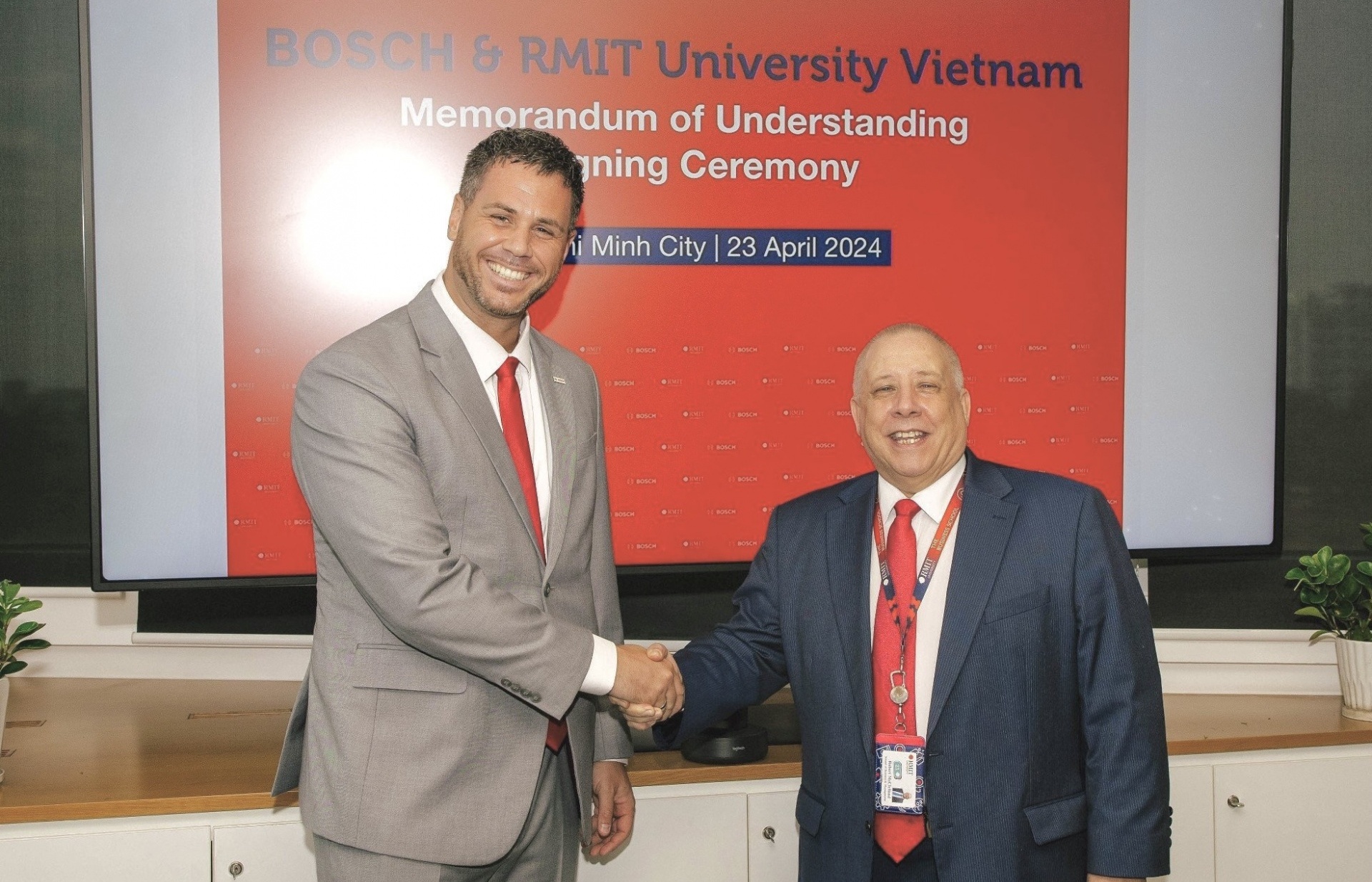



 Mobile Version
Mobile Version